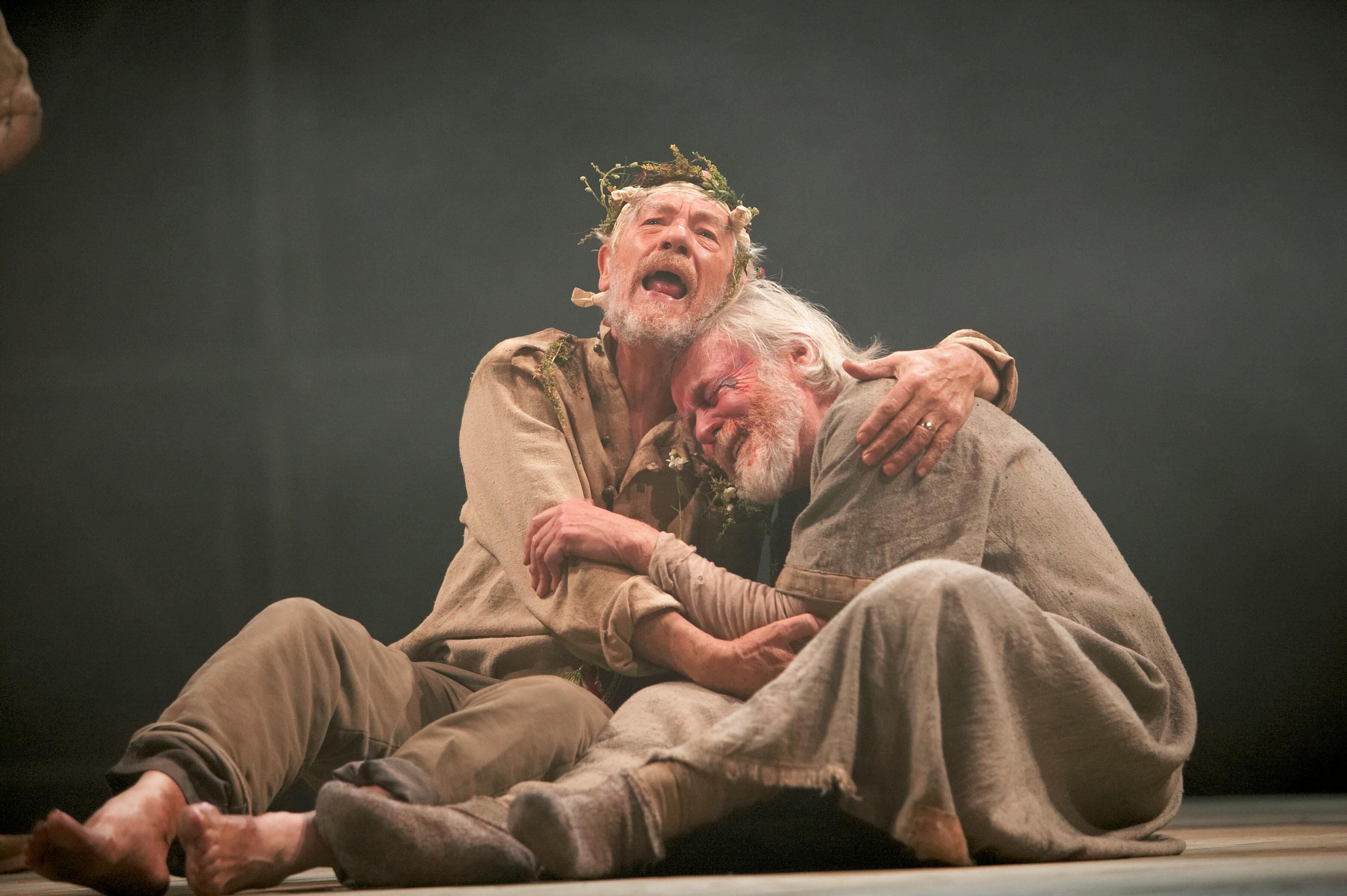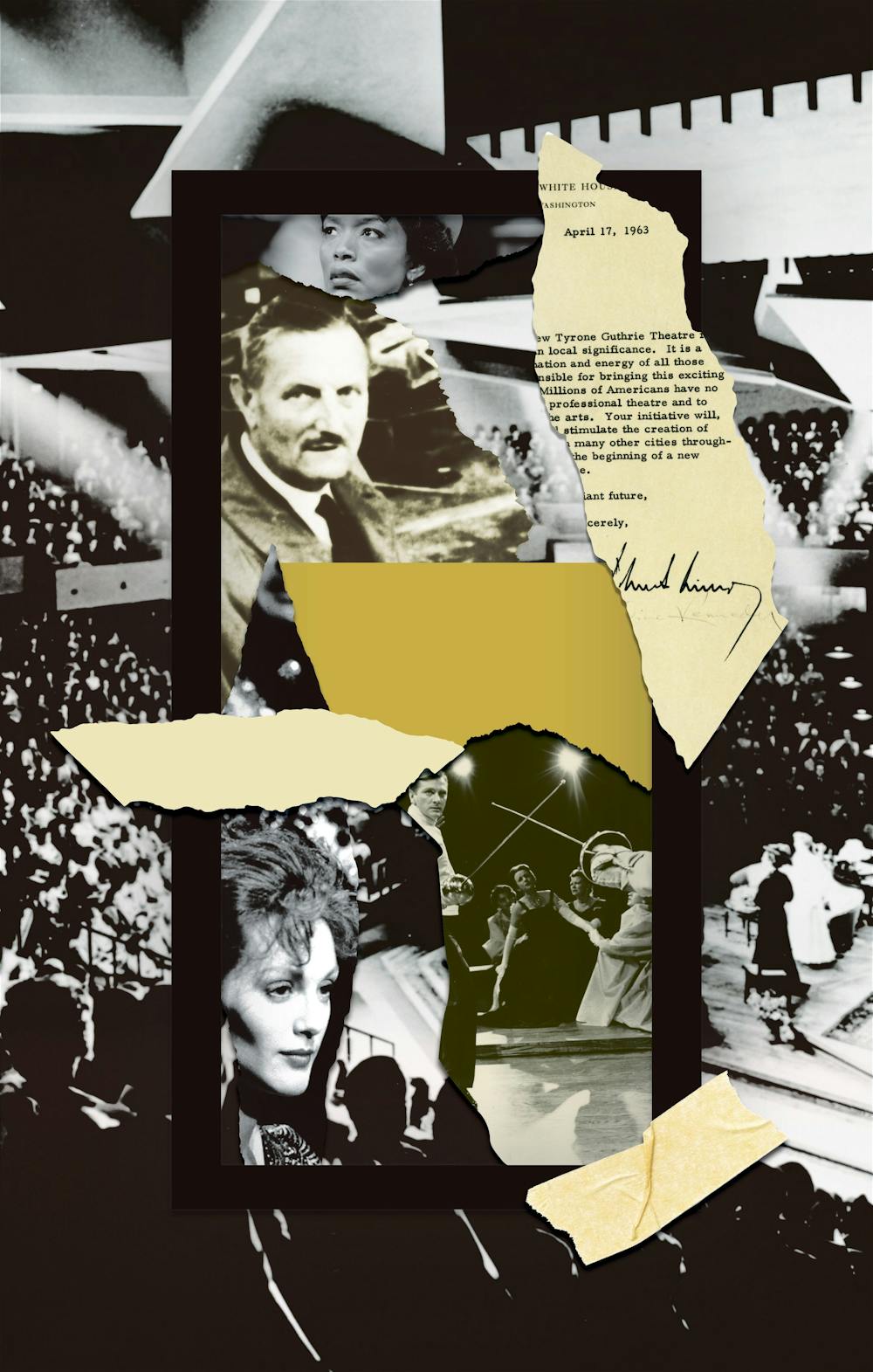Sixty years ago, the Twin Cities became the center of the theater world and inspired the building of companies across the nation.
How Minneapolis and St. Paul rose to be the hottest cultural attraction in the nation has to do with a meeting between Tyrone Guthrie, then the biggest theater director in the English-speaking world, and a group of young boosters who leapt at the chance.
In 1959, Guthrie put a notice in the New York Times. He and his team would build a theater in a city in America's heartland that was removed from the industry's commercial pressures in New York and was dedicated to doing classics. About seven cities would eventually be in the "Survivor"-style running to land the company, including Detroit, Chicago and Milwaukee.
John Cowles Jr., scion of a newspaper family, was on a train from the Twin Cities to Iowa when he saw the notice.
"He got interested," said his son, Jay Cowles. "My dad at the time was 35, and he spoke to his father and got encouragement. So he began to tin cup the idea around."
Cowles Jr., who would later chair the theater's board, enlisted a cadre of young up-and-comers that included financial guru Philip von Blon, attorney Pierce Butler III and newspaper publisher Otto Silha.
"They were like the junior board at Walker Art Center," said Charlie Zelle, whose father, Louis, was in the group of Twin Cities founders.
They put together a proposal and then flew to New York to have lunch with Guthrie and his colleagues Oliver Rea and Peter Zeisler. The hosts were impressed not simply by the cohesive vision and passion, but also by their youth. That meant a commitment, energy and excitement for the long haul, Zelle said.
The theater also generated interest and excitement in the five-state area, getting purchase and buy-in from corporations, foundations and ordinary citizens. It famously got a $6.37 contribution from a Sunday school class in Mankato.
"I'd been literally hearing about the theater since junior high," said Margaret Wurtele, von Blon's daughter, who remembered her parents' excitement as they went to see the opening night production of "Hamlet" on May 7, 1963. "I never thought that it would be necessarily part of my life other than being as an audience person."
But as she grew, she naturally started feeling responsible for and fiercely protective of the family's legacy. Wurtele chaired the $125 million campaign for the Guthrie Theater's new Jean Nouvel-designed building by the waterfront in Minneapolis' Mill District after it outgrew its first home on Vineland Place next to the Walker Art Center.
The Guthrie, which draws about 380,000 patrons annually, also galvanized broader support for the arts in the Twin Cities. Wurtele, in fact, served as a grant-maker for the Dayton Hudson Foundation, among others. And she's been a presence on the Guthrie board since just after its 25th anniversary.
"I'm appreciating more and more the scale that the Guthrie can produce, and the fact that it is a national magnet that can attract the best artistry," Wurtele said.
She pointed to Michael Braugher, the Broadway actor who plays Hamlet in Joseph Haj's production of Shakespearean tragedy. "Our city is a magnet in many ways, but I don't know if we could attract as many [high-powered talent] as we do without this sort of iconic theater."

Ian McKellen, left, played King Lear and William Gaunt was the Earl of Gloucester when the Guthrie presented the Royal Shakespeare Company's production of the Shakespearean tragedy.
Other Hollywood, TV and Broadway stars who have graced the Guthrie stage over its 60 years include James Earl Jones, who opened the theater's 1983-84 season in "Master Harold and the Boys"; Jerry Stiller, who played the role of Nathan Detroit in the 1983 version of "Guys and Dolls"; Oscar winner Frances McDormand, who starred in 1984's "Three Sisters"; Julianne Moore, who portrayed Ophelia in Garland Wright's 1988 staging of "Hamlet"; Kristin Chenoweth, who was Sally Jones in 1996's "Babes in Arms"; Angela Bassett and husband, Courtney B. Vance, who starred in Joe Dowling's "His Girl Friday" for a month in 2005; and Sir Ian McKellen, who played the titular role in the Royal Shakespeare Company's production of "King Lear" in 2007.
For actors, the Guthrie has been an artistic lifeblood, offering opportunities to practice their craft at the highest level while making a living. Sally Wingert, who first acted onstage at the Guthrie in 1985, said she appreciates the Guthrie's signature thrust stage, first designed by Tanya Moiseiwitsch and later replicated in the new building.
"There's a quality that thrust has that when you're in the pocket as a performer, and the story is coming across, you can hear a pin drop," said Wingert. "There's this feeling that the whole theater is a cupped palm and you and the audience are all in that cupped palm together. It has a ridiculously palpable intimacy."
Current artistic director Haj was fresh out of graduate school when he was cast in a 5½-hour production of "The Screens" in 1988.
There were other theaters around, including in Houston, Washington and Chicago before the Guthrie. But "nobody opened a theater with the attention that Tyrone Guthrie had," Haj said. "From the moment it opened its doors, the Guthrie was a lighthouse."
The thing that's special about the Guthrie is not tangible, said former artistic director Joe Dowling. "It's a spirit, an atmosphere. This is an audience hungry for great work and they're different from the cosmopolitan centers of New York or London."
Before he became a Tony winner and the voice of Prince Hans in Disney's "Frozen," Santino Fontana was a graduate of the Guthrie's bachelor of fine arts program.
"The Guthrie always has meant possibility to me," said Fontana, who played the titular role in "Hamlet" in 2006. "It's hard to put into words what it gave me."
He likens his history with the Guthrie to learning to read. "It's fundamental not just to my work, but how I look at my life in the highest version of myself."

Santino Fontana, who played Hamlet in 2006, will headline the Guthrie Theater's 60th anniversary gala on May 11.
